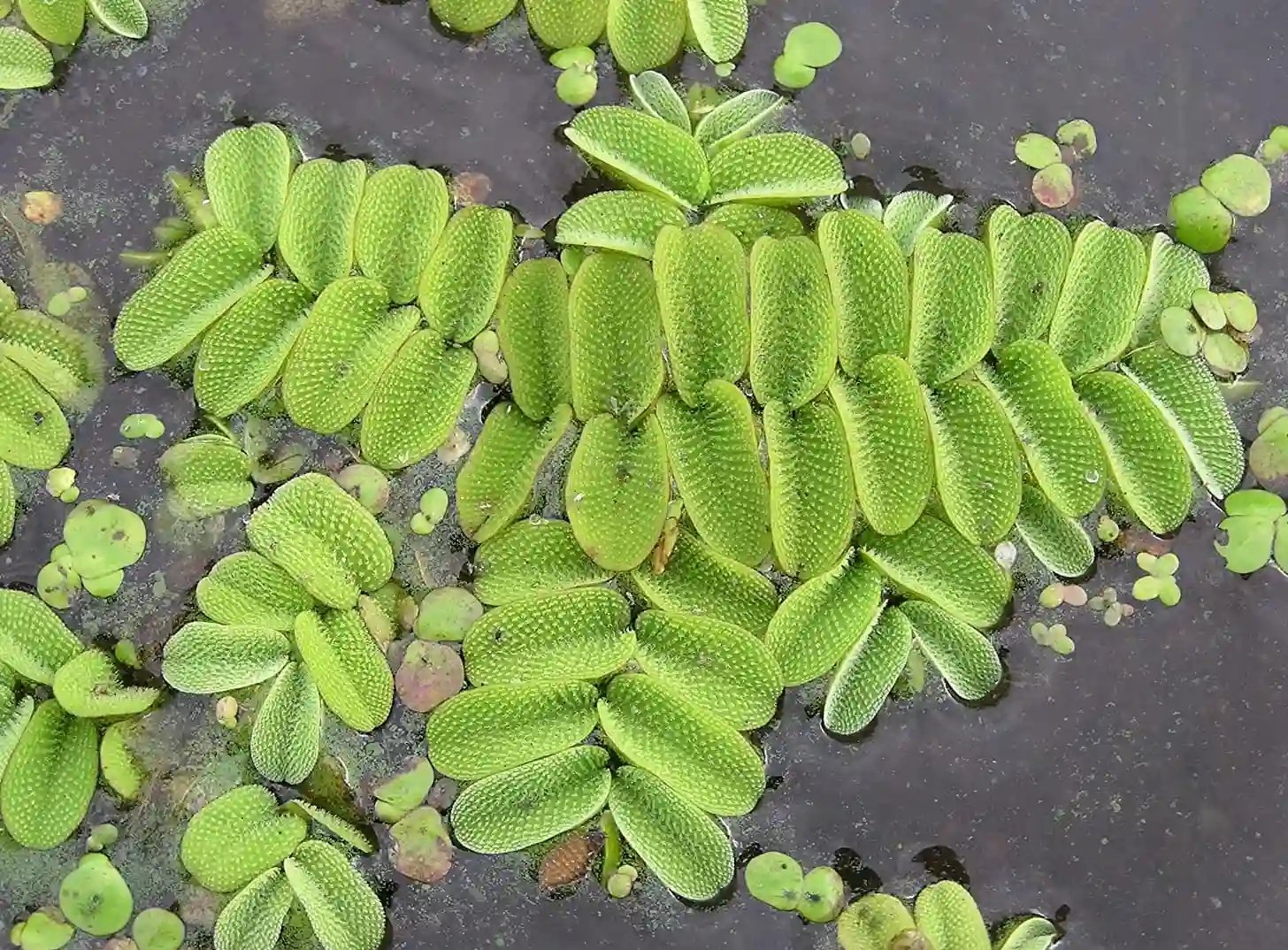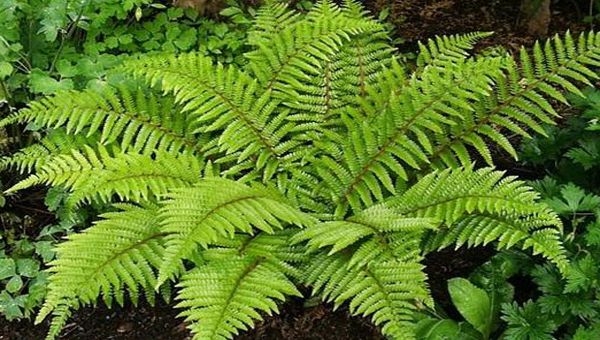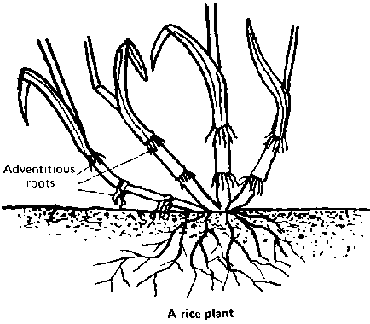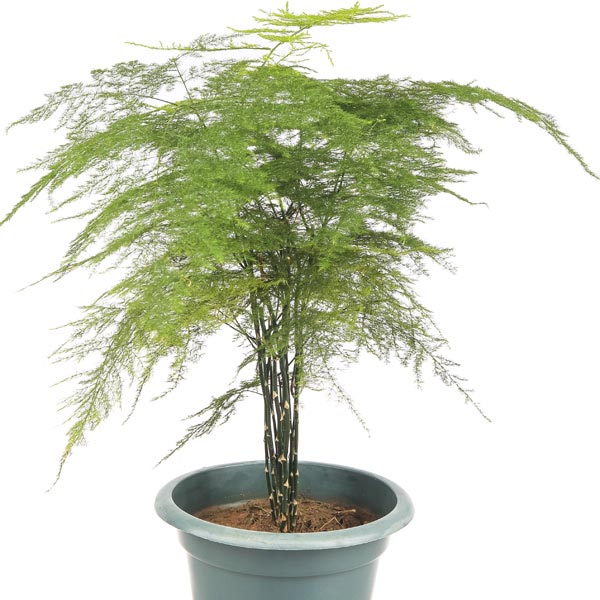Examples of Homosporous vs Heterosporous Plants
Homosporous vs. Heterosporous Plants
Plants that produce two kinds of spores are called heterosporous. The spores can be male or female, and they grow in different parts of the plant. This type of plant is typically called a gymnosperm. Heterosporous plants include Selaginella, Salvinia, and Marsilea, etc.
In contrast, homosporous plants only produce one kind of spore – either male or female – which is found in all parts of the plant. Homosporous plants include; whisk ferns, Psilotum and Tmesipteris (Psilotophyta); the lycopods, Lycopodium sensu lato and Phylloglossum, the horsetails and scouring rushes, Equisetum, and most families of ferns (Pteridophyta)
Homosporous plants produce spores that contain both male and female gametophytes, while Heterosporous plants produce spores with only one type of gametophyte, which is either male or female. The number of spore types produced by a plant is determined by the type of gamete it produces.
In homosporous plants, there are two kinds of gametes: microspores and megaspores. Microspores develop into male gametophytes (microgametophyte), and megaspores develop into female gametophytes (megagametophyte)

Plants that employ homospory are typically angiosperms, while those that use heterospory are gymnosperms. These two groups span a number of different family and order types (such as Rosaceae, Stryphnaceae, and Proteaceae). Still, the most commonly found groups are conifers (e.g., Podocarpaceae) and flowering plants (e.g., Liliidae).
The angiosperm group is also made up of several different types of seed, with those that employ homospory being known as “heterosporous.”
There are several known examples of plants that have been found to employ homospory, all belonging to the Liliaceae family.
“Lilium lancifolium” is a species of lily that is found only in the northern hemisphere. It has a number of interesting characteristics, one of which includes its employment of heterospory. The seeds are encased in an outer wall made up of cells that belong to the female reproductive organs (carpels).
This wall is made up of 5-10 cells, and as the cells reproduce, they all develop into carpels. These carpels eventually merge into a solid wall that is nearly impenetrable.
The seed has a covering called the micropyle, which is located in the micropylar region of the ovule. This region is actually the tip of the female gametophyte (the female reproductive structure) and controls how much water can enter through it. After fertilization, this part of the seed begins to expand, then hardens around the pollen.
This is to help the pollen stick inside the wall and prevent it from being blown away. Eventually, the seed no longer needs the micropyle to control water flow, and it becomes sealed off. This pod is known as a “capitulum” and shows that there are elements of both heterospory (in that there are carpels) and homospory (in that there is a tight seal around the pollen).
Homospory, when it occurs in gymnosperms, is not common. However, one example of this unique characteristic can be found in the Eucalyptus globulus tree. Male structures (called valves) grow out from the sides of the flower’s reproductive parts to ensure that pollen is properly distributed onto female parts. This type of homospory is called “epigynous.”






